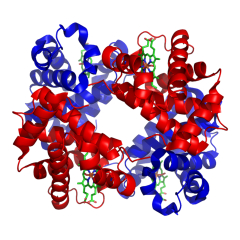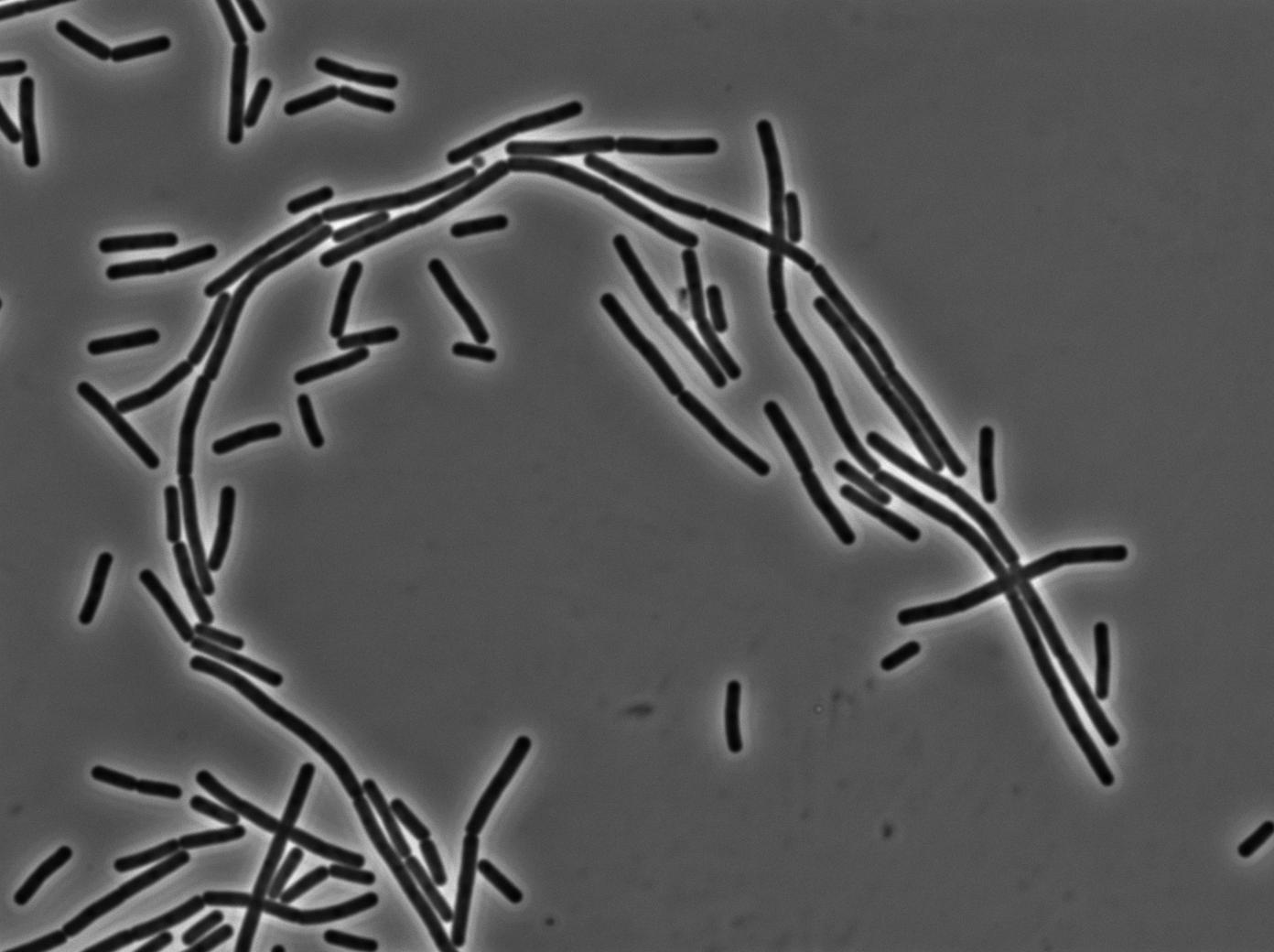Sigma Xi 2015 Student Research Showcase
Biochemistry
First Place Award - Joshi Suhasini - Graduate Biochemistry
First Place Award - Isabel DiPirro - High School Biochemistry
Second Place Award - Genevieve Selden - High School Biochemistry


If you want to connect with them on social media, click on their Twitter and/or LinkedIn icons if available.

"Mechanism of T-cell Receptors During Immune Response Reveals Correlation Between Influenza and Type 1 Diabetes"
Sophia Chan, The Bronx High School of Science
The purpose of this project was to present the correlation between the immune response against influenza and autoimmune response that induces Type 1 Diabetes. It was hypothesized that T-cell receptors recognize the hemagglutinin peptide from influenza in
 "Using non-woven based microfluidic devices and colorimetric assays to analyze potassium levels in sweat for early detection of disease"
"Using non-woven based microfluidic devices and colorimetric assays to analyze potassium levels in sweat for early detection of disease"
Nimit K. Desai, North Carolina School of Science and Mathematics  Sharon J. Chen, North Carolina School of Science and Mathematics
Sharon J. Chen, North Carolina School of Science and Mathematics
The goal of our pilot study was to create a novel nonwoven-based microfluidic device for the detection of potassium concentration in stimulated sweat. We hypothesized that, on Evolon® fabric, a valinomycin plus dye solution will be able to colorimetricall
 "Carbon monoxide protects lungs from hyperoxia-induced arrest of alveolarization in neonatal mice"
"Carbon monoxide protects lungs from hyperoxia-induced arrest of alveolarization in neonatal mice"
Isabel Evangelista DiPirroi, The Bronx High School of Science
This experiment analyzed how carbon monoxide can preserve the development and function of neonatal lungs against oxidative injury associated with the development of Bronchopulmonary Dysplasia, a chronic lung disease prevalent in premature infants.
 "Pathobiological implication of bile acids in pancreatic cancer development via MUC4 regulation"
"Pathobiological implication of bile acids in pancreatic cancer development via MUC4 regulation"
Suhasini Joshi, University of Nebraska Medical Center
Pancreatic cancer (PC) is the fourth leading cause of cancer-related mortality in western countries due to its early dissemination and frequently developed chemoresistance. Studies from my lab have clearly shown that MUC4, a transmembrane protein, is one of the most differentially expressed proteins in PC. We investigate the involvement of bile acids on PC development, along with its mechanism of action.
 "Requirement of nkx2.5 gene in heart development"
"Requirement of nkx2.5 gene in heart development"
Martin Liberman, The Bronx High School of Science
Mutations in nkx2.5 are associated with congenital heart defects and cause deformities in zebrafish hearts. The research demonstrated that nkx2.5 should be activated between 11 and 26 hours post fertilization for mutant zebrafish embryos to survive.
 "The Histological Characterizations of Dendritic Cell and T-cell Interactions within the Context of Pancreatic Adenocarcinoma"
"The Histological Characterizations of Dendritic Cell and T-cell Interactions within the Context of Pancreatic Adenocarcinoma"
Anjilee Panjwani, The Bronx High School of Science
My project, the Histological Characterizations of Dendrtic Cell and T-cell interactions within the Context of Pancreatic Adenocarcinoma, explores the roles of dendritic cells, a type of antigen-presenting cell, in pancreatic cancer.
 "Potential Treatment Methods for PTSD"
"Potential Treatment Methods for PTSD"
Juliette Marie Pozzuoli, Pine Crest School
This presentation provides an overview of posttraumatic stress disorder in the brain and potential treatment methods for PTSD.
 "The Effects of Activated CDC-42 Kinase Inhibitors on the Axonal Growth of Neurons in vitro"
"The Effects of Activated CDC-42 Kinase Inhibitors on the Axonal Growth of Neurons in vitro"
Montasir Rahman, The Bronx High School of Science
This project discusses methods by which chemicals can be used in order to induce axonal growth of neurons.
 "Identification of genetic regions in the yuk operon of Bacillus subtilis that are differentially required for secretion of YukE, a homolog to the virulence factor, ESXA, in Mycobacterium tuberculosis"
"Identification of genetic regions in the yuk operon of Bacillus subtilis that are differentially required for secretion of YukE, a homolog to the virulence factor, ESXA, in Mycobacterium tuberculosis"
Genevieve Claire Selden, Pine Crest School
I conducted research on Bacillus subtilis, a nonpathogenic model of Mycobacterium tuberculosis. I observed secretion patterns of the YukE protein in Bacillus subtilis due to the homology between YukE and ESXA, the tuberculosis virulence factor.